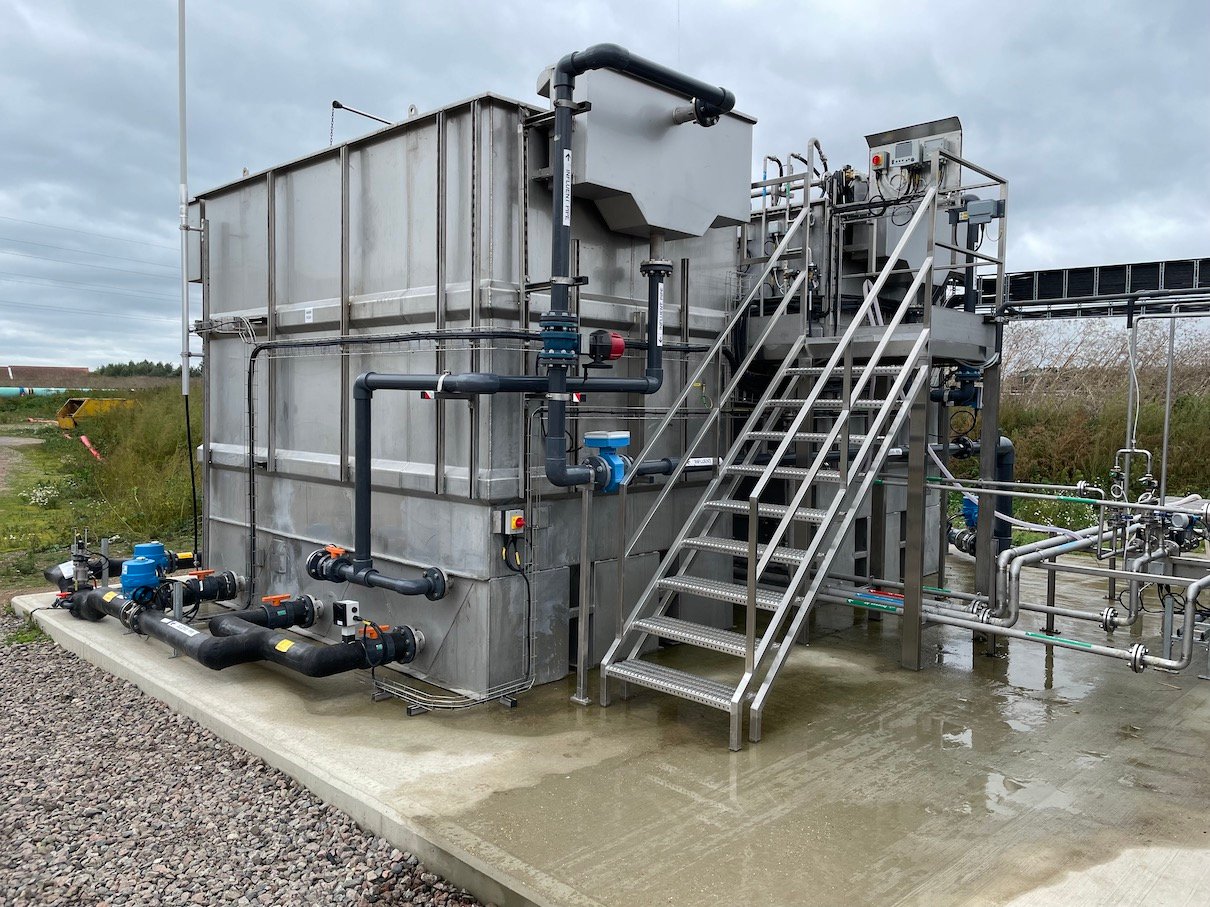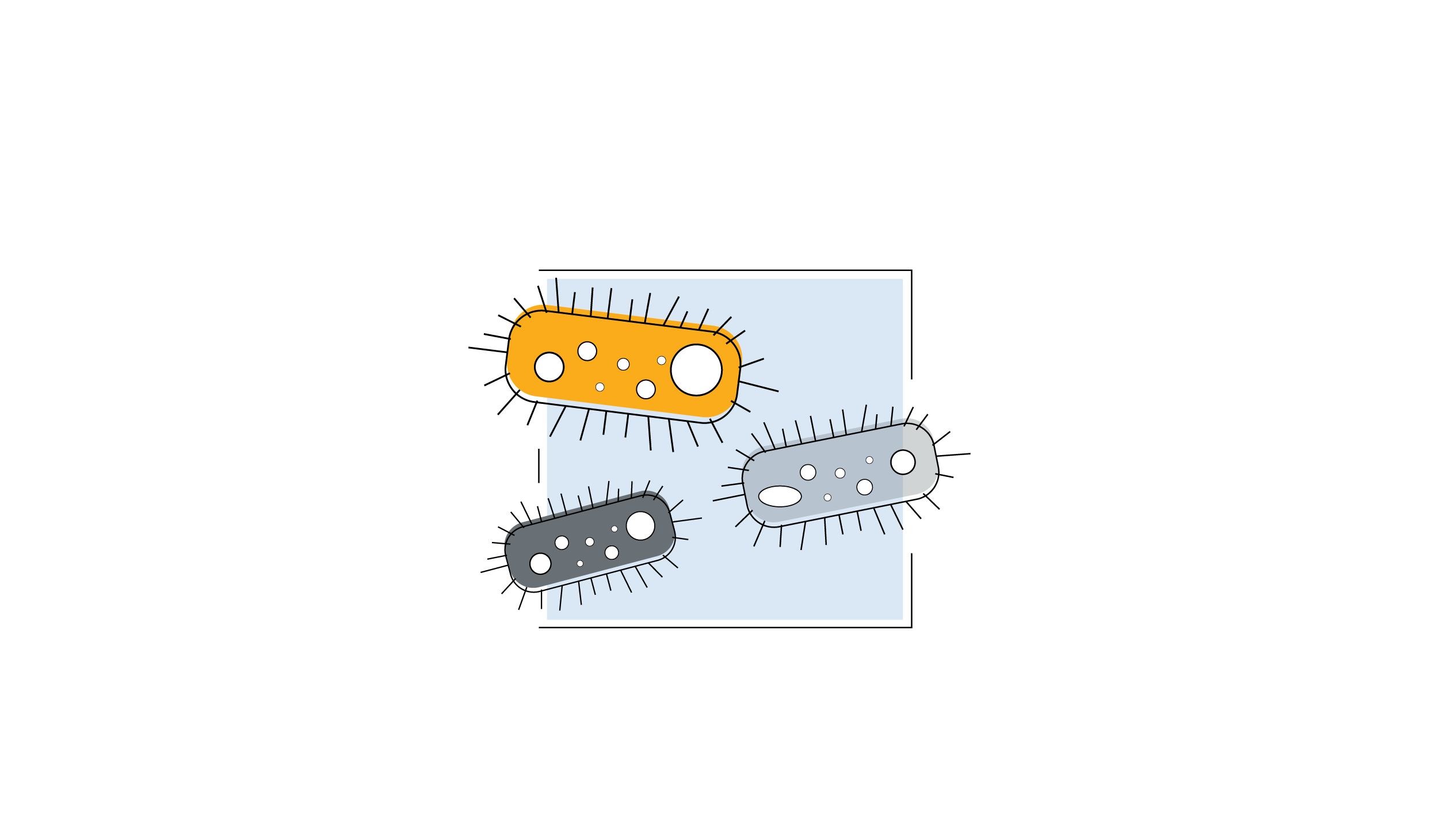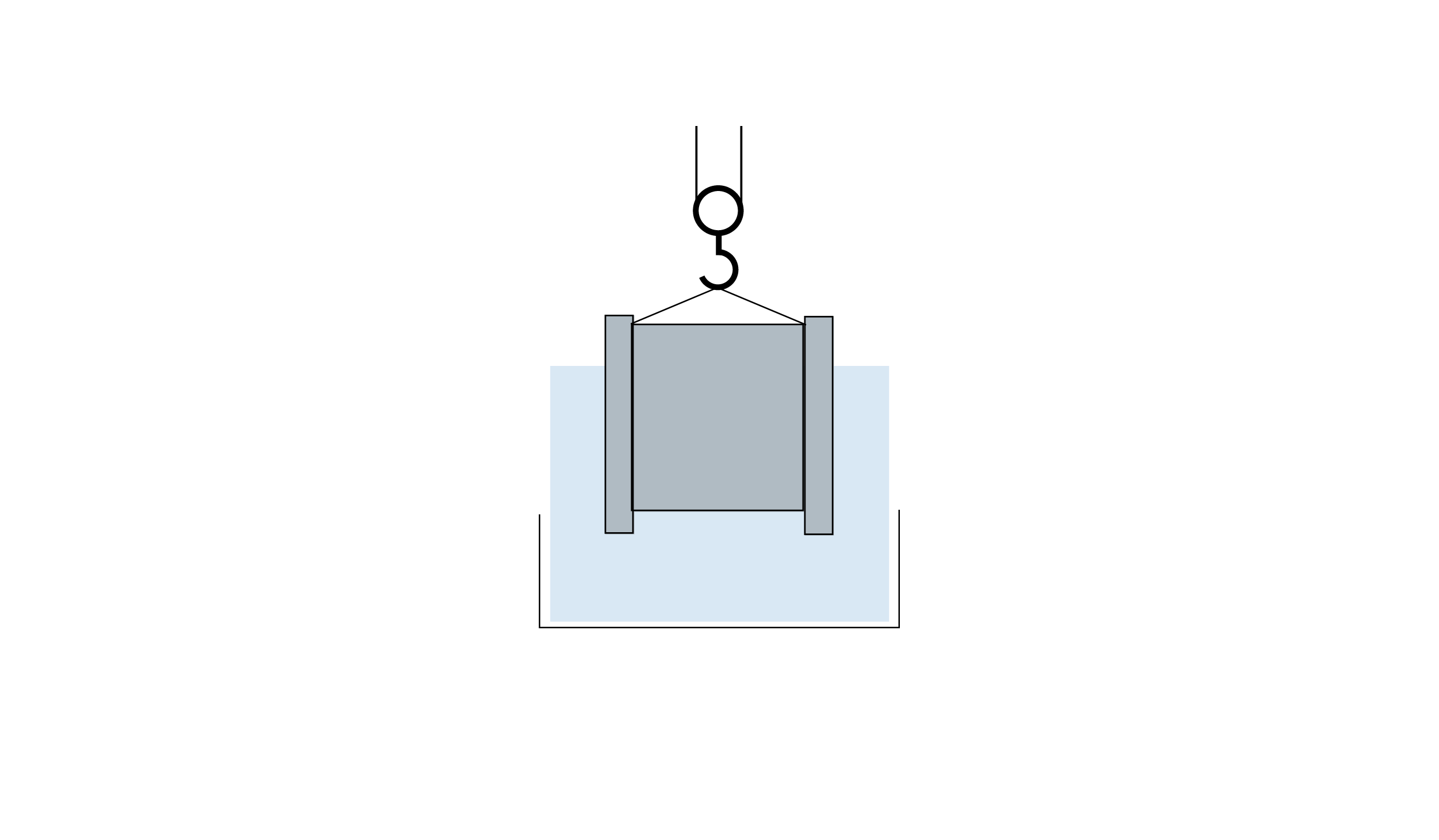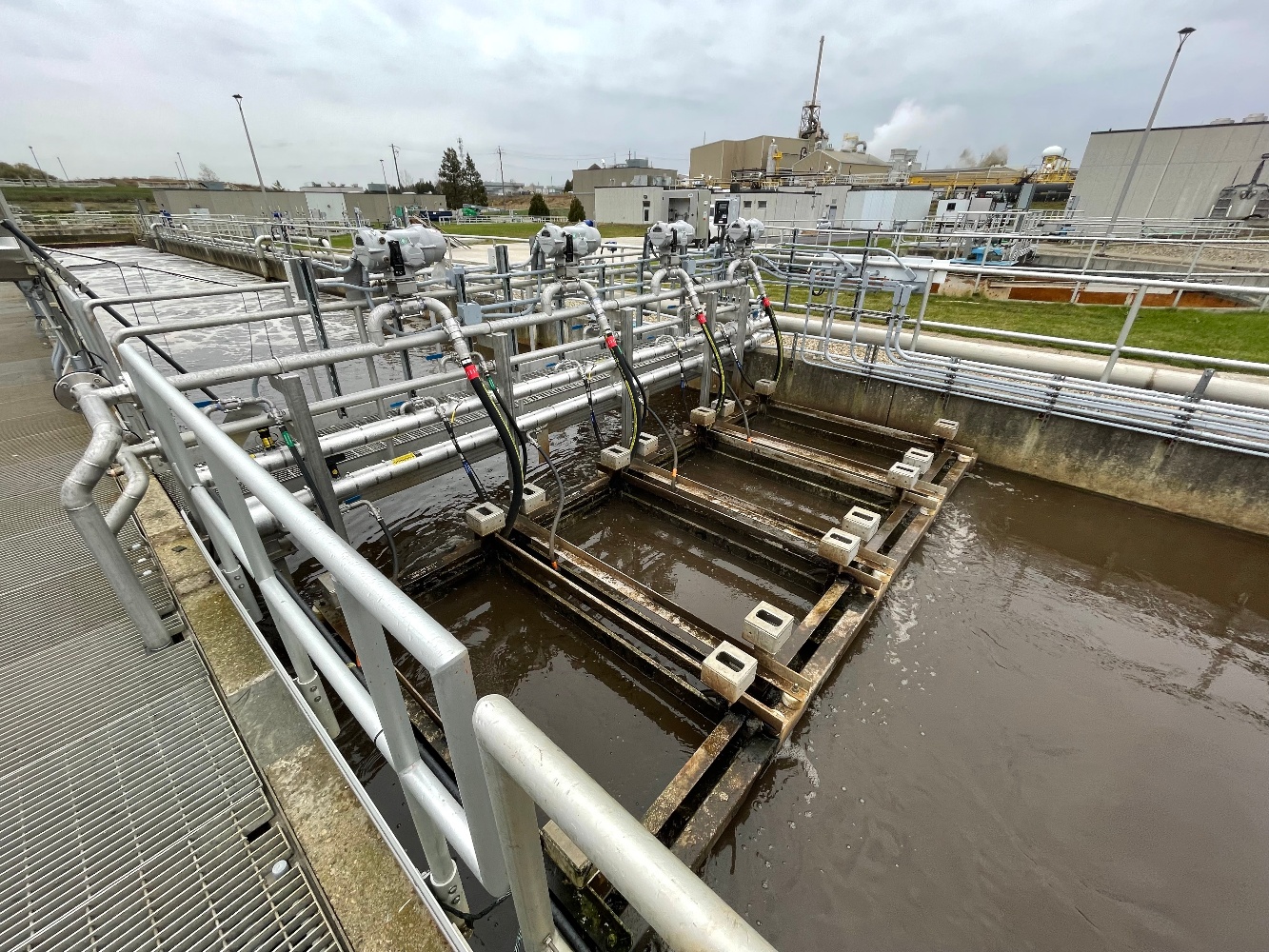How Will Wastewater Treatment Plants Look In 20 Years?
The time to plan and innovate is now.
Considering wastewater treatment plants have not really changed in the past 100 years, (Activated Sludge has been the main biological treatment process since 1914) it is very exciting to see the rapid technological change that is starting to occur. So, how will wastewater treatment plants look 20 years from now?

If we look at the major drivers we can begin to predict what kind of treatment facilities we may have in the not so distant future:
Energy costs
Increased urbanization
Restrictions on greenhouse emissions
Demand for water, coupled with water shortages
The first expectation is that the effectiveness and efficiencies of treatment systems would allow for a lot less waste and better use of resources. We hope to see new emerging innovative technologies applied in the industry leading to a reduction in energy costs.
As populations grow in our towns and cities, we are seeing vacant land becoming a lot less accessible – space would have to be utilised more efficiently. A wastewater treatment plant in the future would have to incorporate new methods which consume a much smaller footprint.
Due to the increased concern on global warming there is more awareness about emissions of greenhouse gases worldwide. Wastewater treatment plants generate greenhouse gases by consuming large amounts of energy from electrical utilities to operate the plant in addition to the facilities generating CO2 that is lost to the atmosphere. Tomorrow’s treatment plants would have to look at reducing their electrical energy consumption and create processes in which emissions are reduced. This is a topic which is gaining more attention and came up in the recent UN Climate Change Summit in New York.
Perhaps one day, water supply issues will be reversed with better water treatment solutions and delivery systems. The public is increasingly concerned about whether we remove all of the harmful pathogens in water, particularly in areas downstream of major river systems. Innovative bacteria growing methods will advance even further going forward to make us less energy dependent and more efficient.
It is hard to tell, of course, how the world will look 20 years from now. But if we do not try imagining it today, the alternative may find us unprepared in the future.The time to plan and innovate is now. What are your opinions? Let us know of any additional ideas, challenges or thoughts. What do you see Wastewater Treatment Plants looking like in 20 years?






